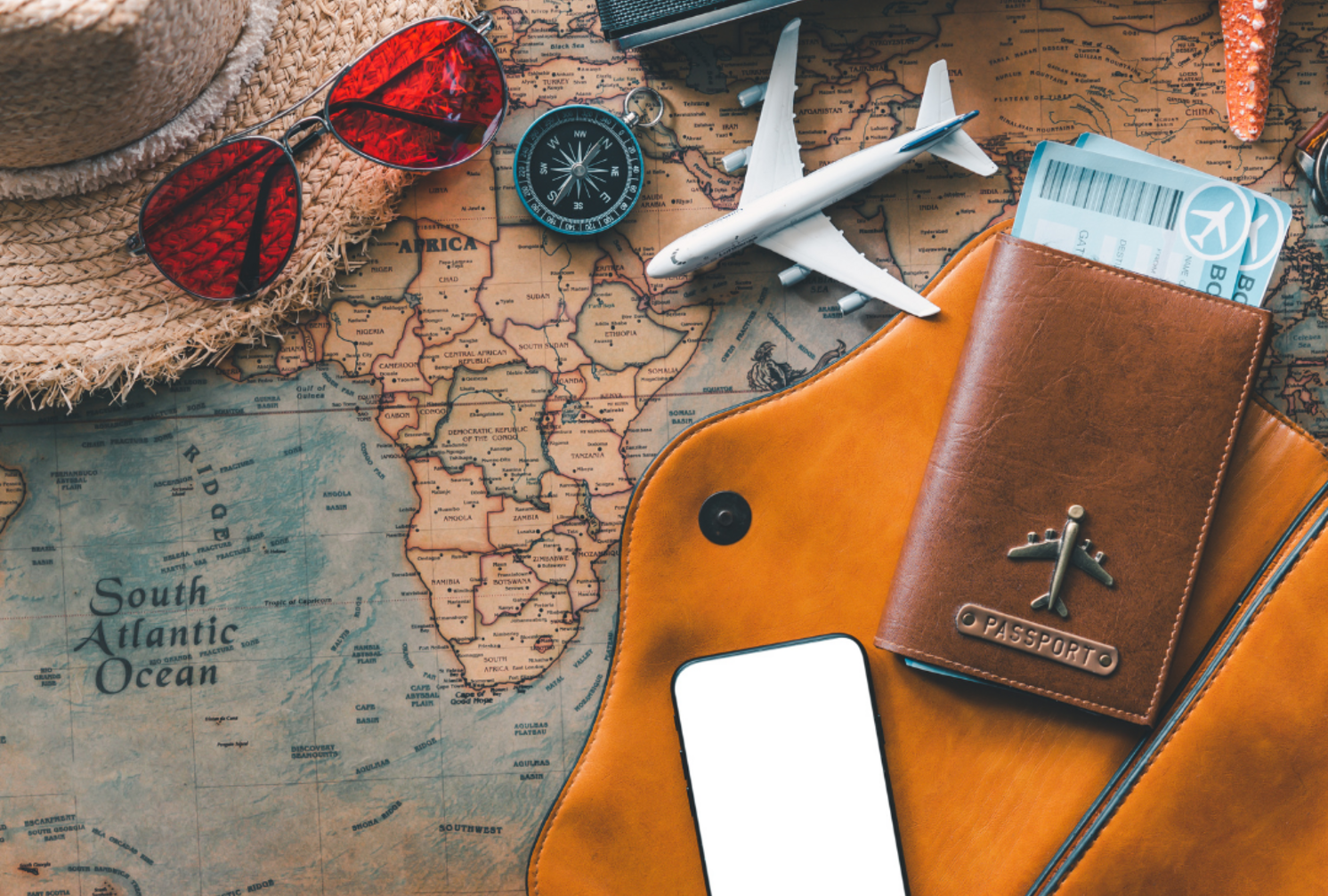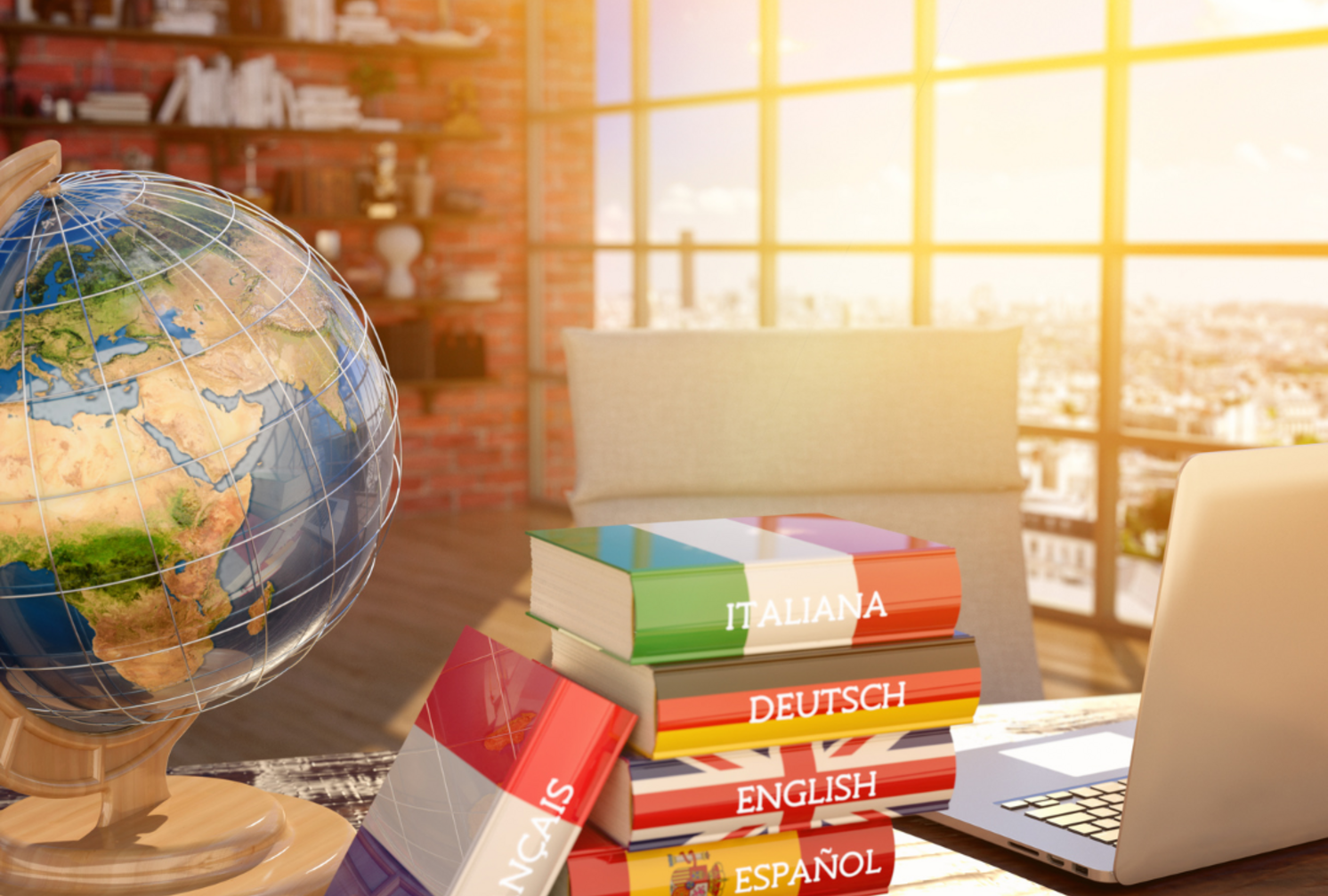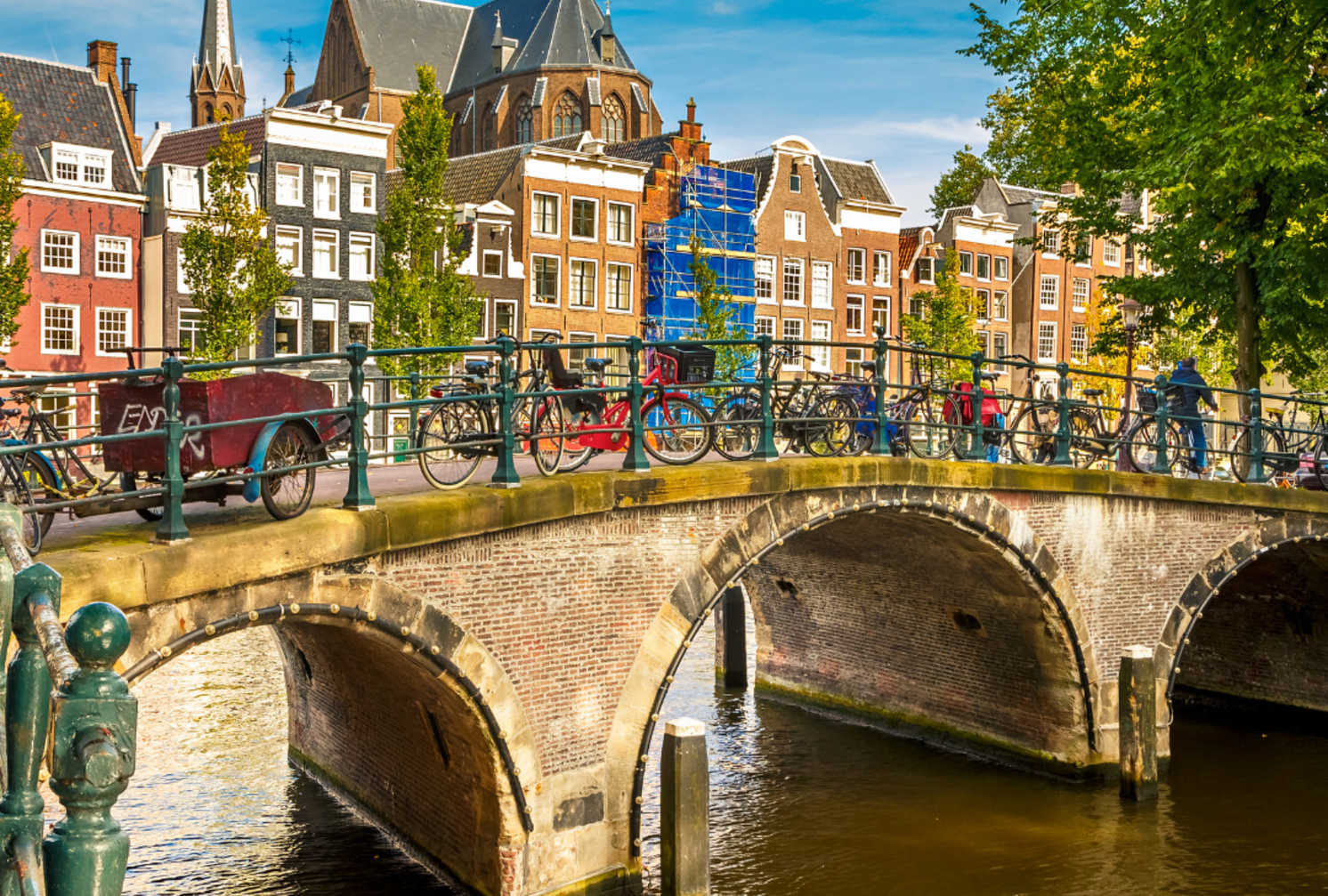The alphabet in Japanese consists of 3 different writing systems, namely hiragana, katakana, and kanji. Usually the study of this language begins with hiragana, even as far as the Japanese school system itself is concerned. The characters that make up the hiragana alphabet are those used primarily for Japanese words, and so these are the symbols most commonly used on a daily basis. Japanese children begin studying hiragana in elementary school and form words using the 46 characters that make it up.
Katakana, on the other hand, is mostly used for words of foreign origin. One of the first exercises that language teachers assign to students is to write their own name, which must be composed precisely using katakana symbols. Likewise, the names of foreign cities or other countries will also be written using this alphabet, as well as onomatopoeic words. The katakana alphabet consists of 46 characters, just like hiragana.
Finally, the Japanese writing system includes kanji. Kanji are logograms that are used to write nouns, verbs, adjectives, and person's first and last names. Kanji are derived from Chinese and represent concepts or even whole words, and there are over 50,000 of them. However, to read most words in Japanese you only need to know the 2,000 or 3,000 most common and widespread ones. They are divided into pictograms, ideograms, semantic compounds, semantic-phonetic compounds, derived characters and lent kanji.
Finally, there is another alphabet, called romaji, which takes the Latin letters. This alphabet was created in the 16th century, when the Jesuits had to adapt Japanese to Portuguese orthography for religious issues, and today it is used mainly in street signs, dictionaries, textbooks, and on some store and club signs. Further down, again within this page, you will find the complete Japanese alphabet in Italian, with the characters and their respective translations of the syllables.








